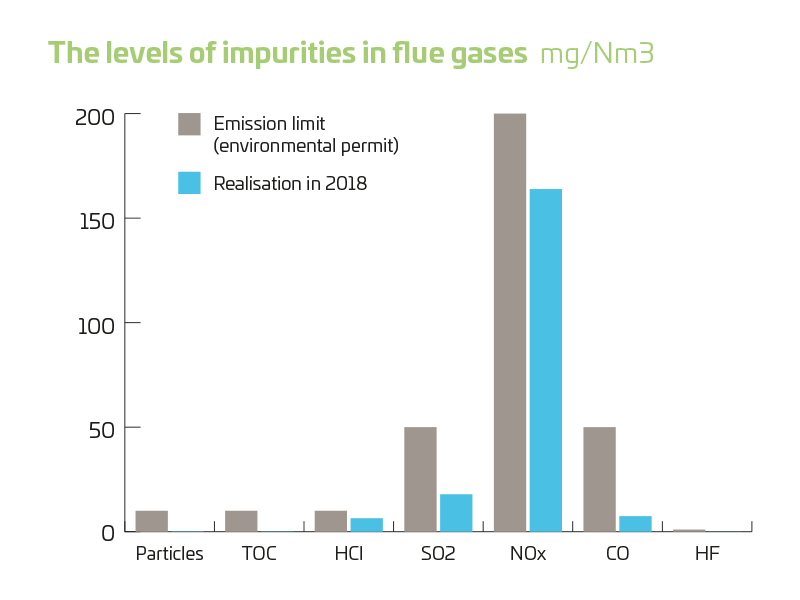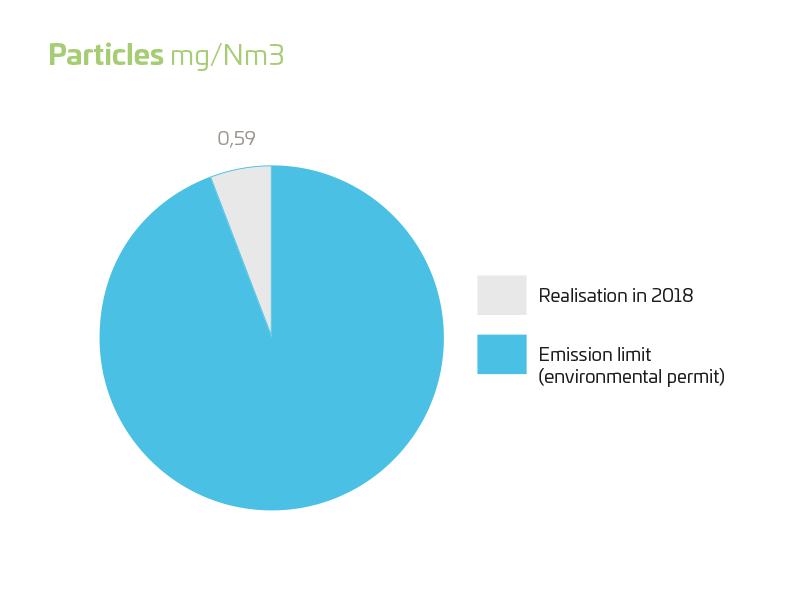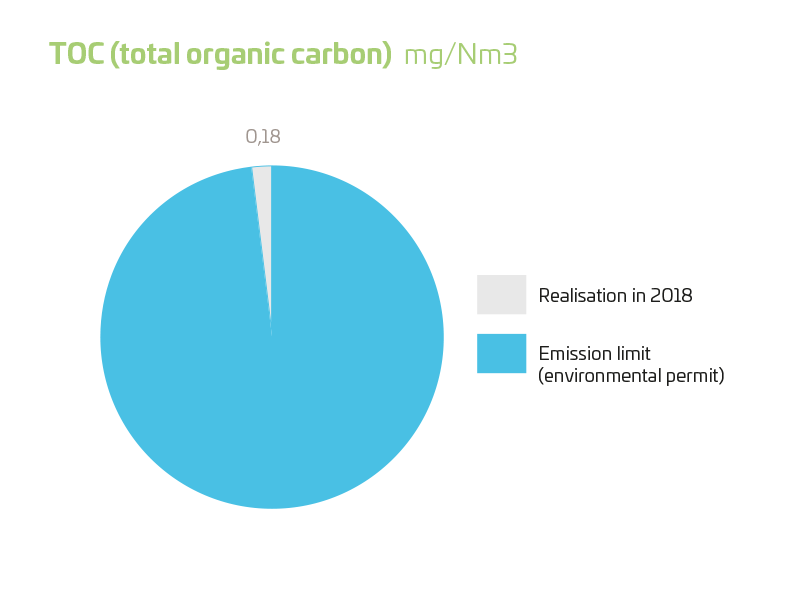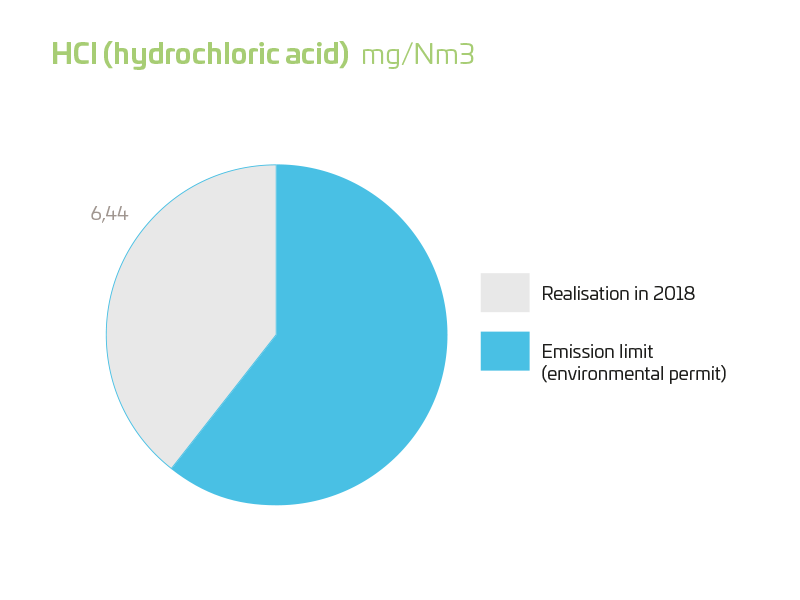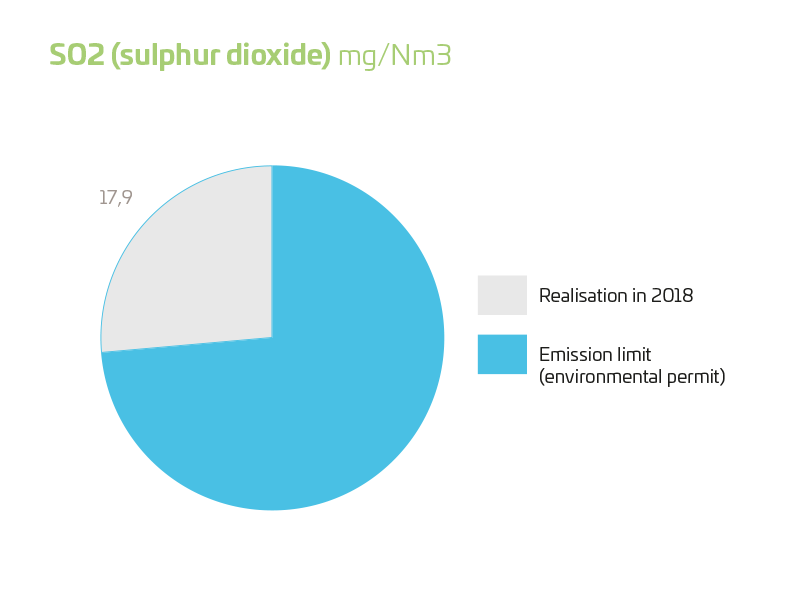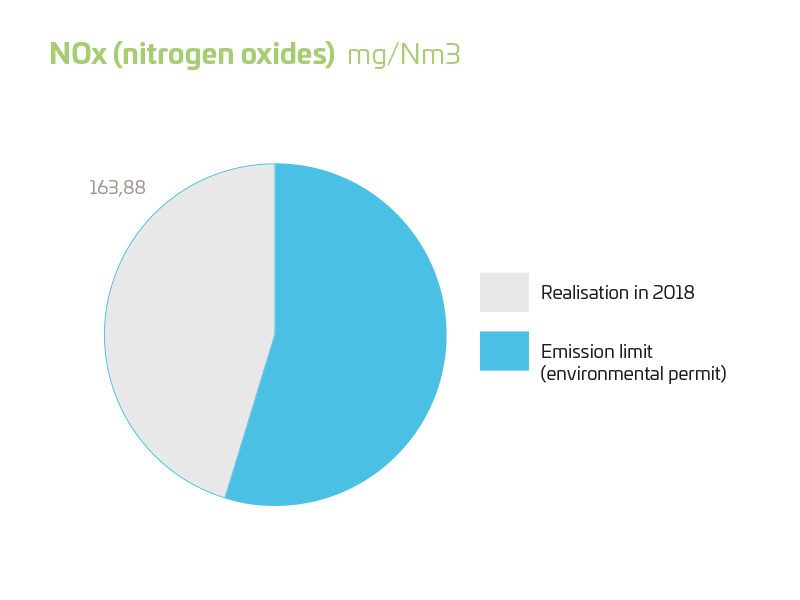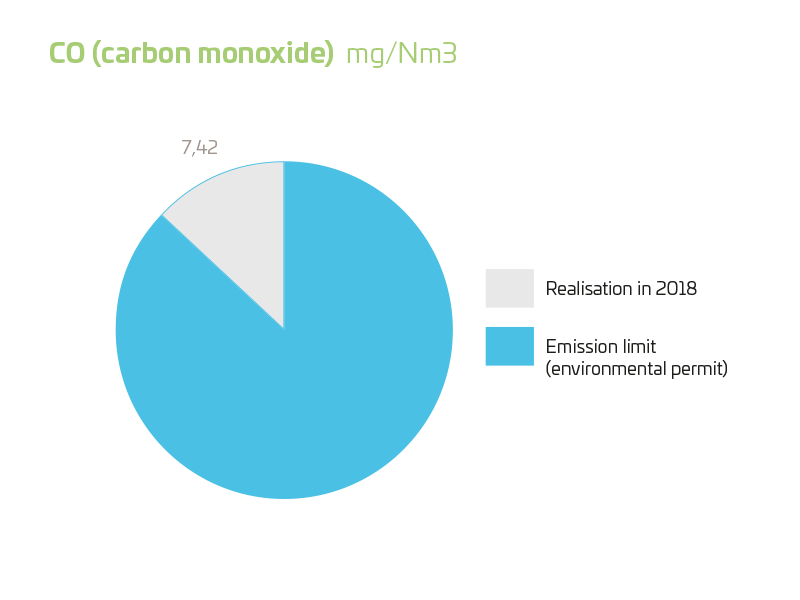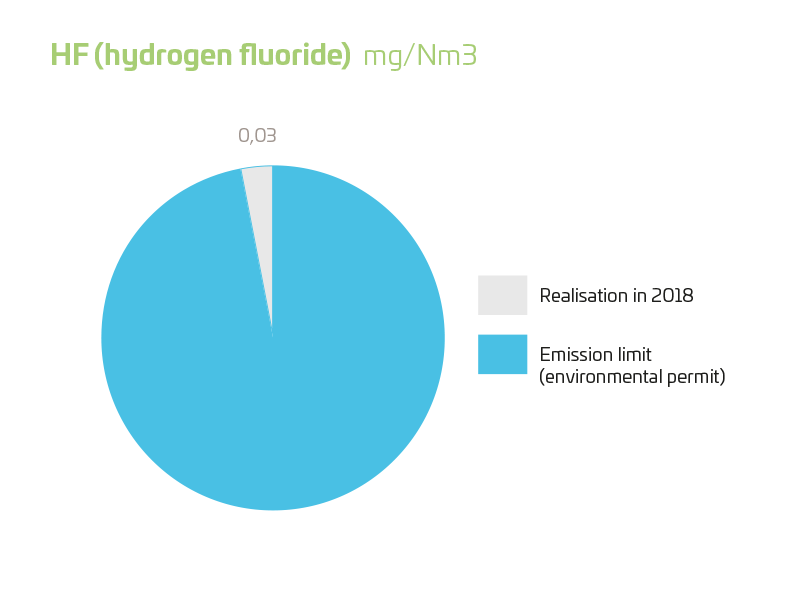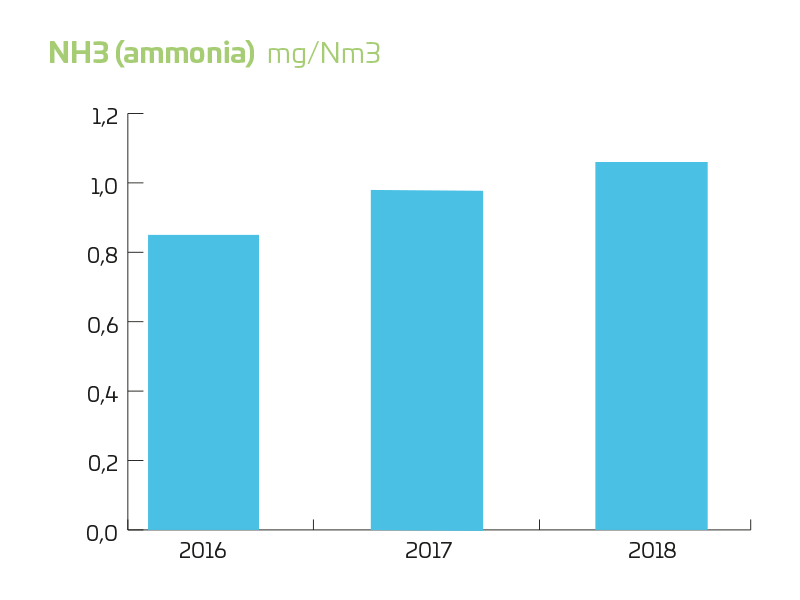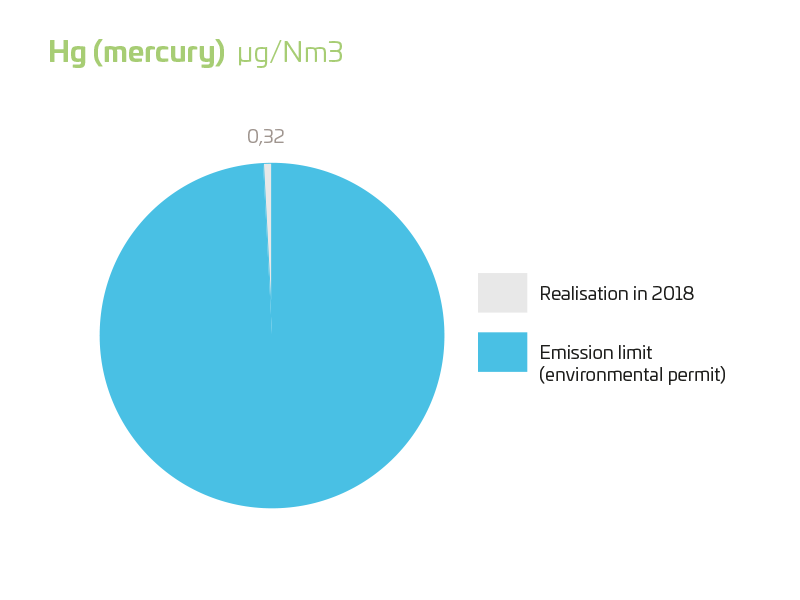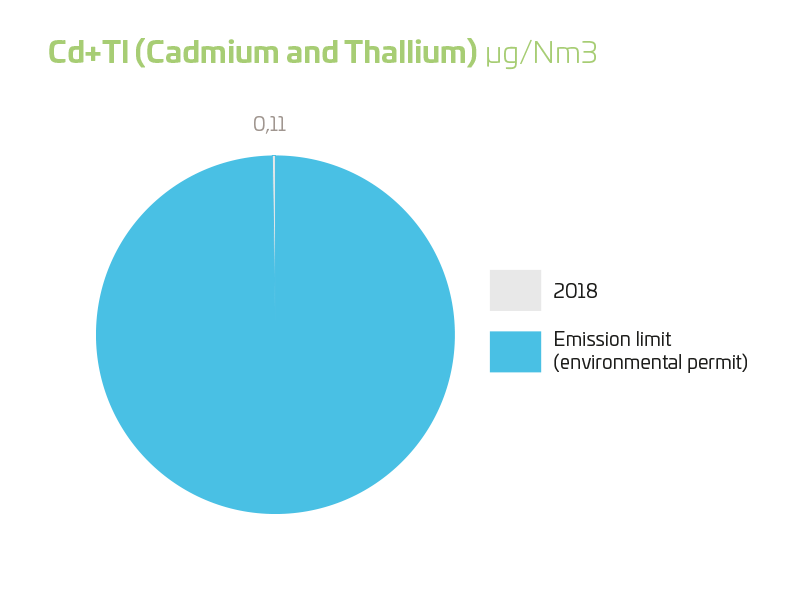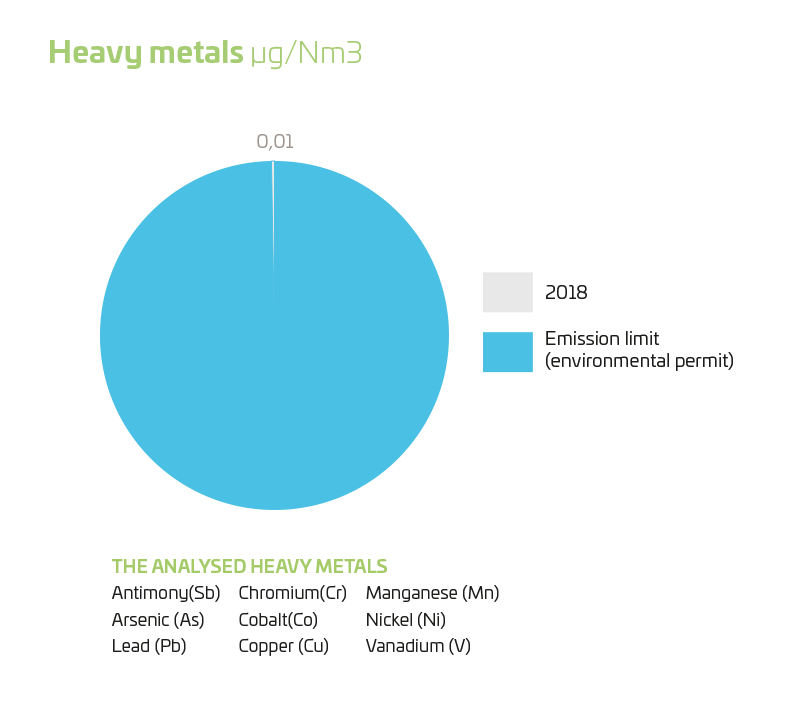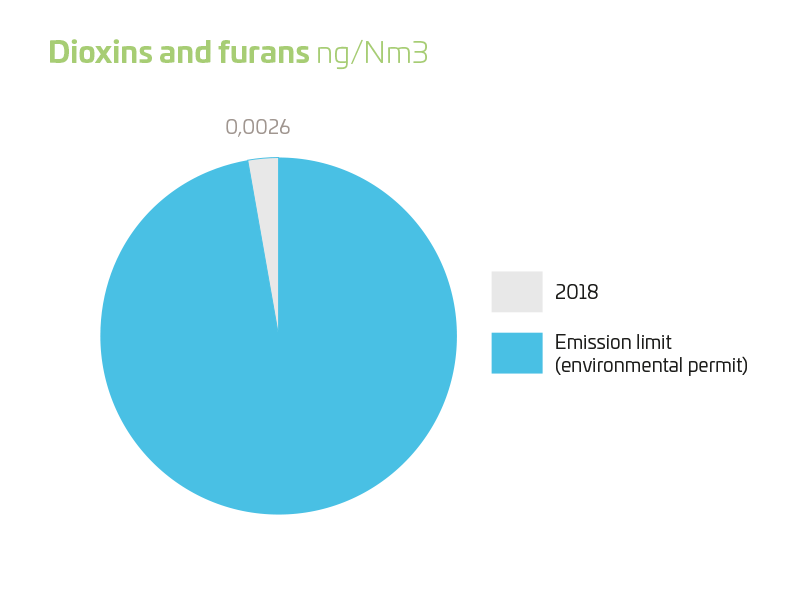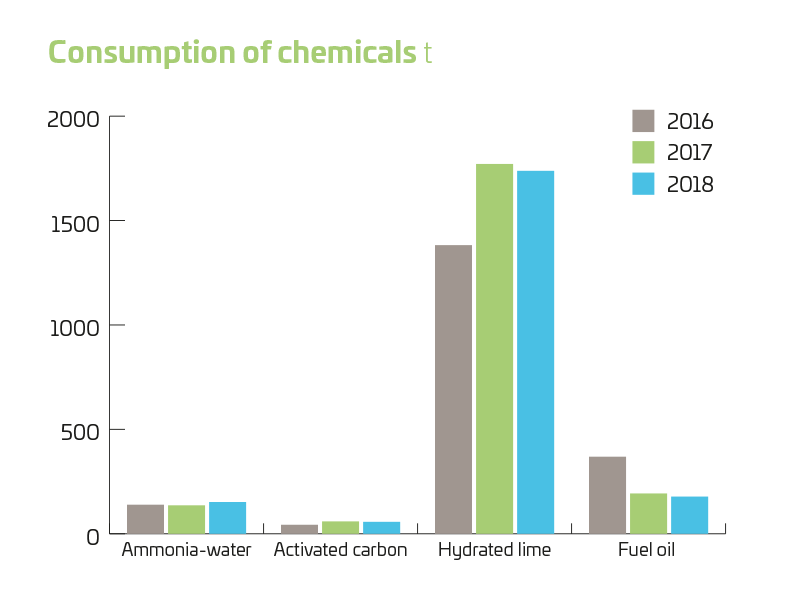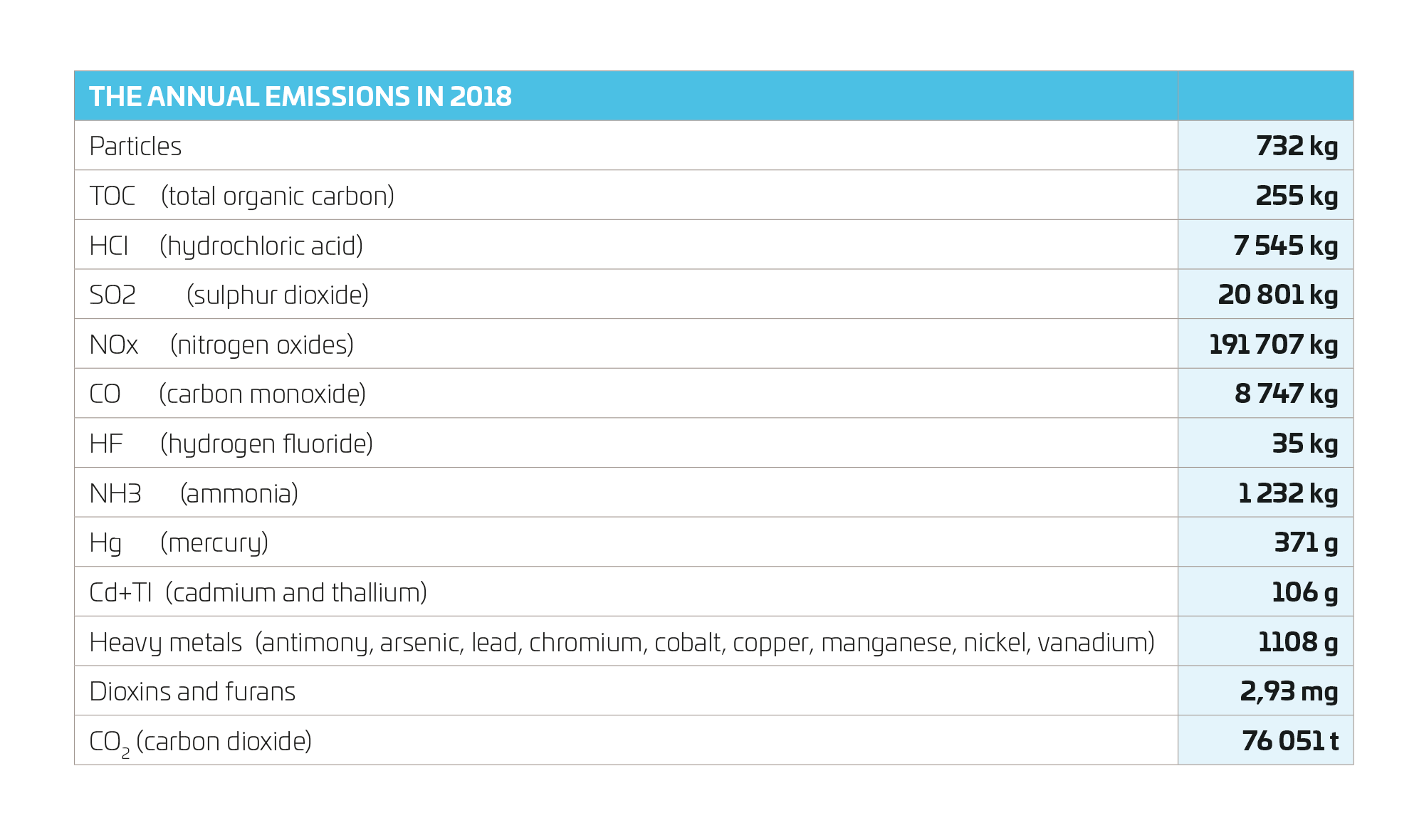


Waste quality inspections give important information
The fuel used in Westenergy’s Waste-to-Energy plant is source-separated municipal waste, and in this type of material, quality and energy content is relatively inconsistent. The quality of the fuel defines the efficiency of the entire process which makes waste quality inspections very important. The aim is to inspect 100 waste deliveries in a year and last year altogether 85 deliveries were inspected. If there are deliveries that consist of waste that is not suitable for incineration, the supplier is given a notice of defects and the delivery is returned to the supplier. The environmental authority is also informed about such deliveries.
Ordinary waste quality inspections are carried out by Westenergy’s waste quality inspector. Last year, a few intensive inspections on waste quality were carried out as there were three employees inspecting the waste deliveries at the same time. These inspections concentrated on finding large metal items, and the occupational safety of the waste truck drivers was audited at the same time.
The decree on landfills came into effect in 2016. This decree meant that waste in which the carbon content is more than 10 % cannot be landfilled. Construction waste is especially troublesome in this sense as it consists of different materials – for instance, insulating plates, PVC plastic, insulation wool and fiberglass that cannot be recycled and unfortunately end up quite often in WtE plants. Construction waste is unsuitable for incineration as well as heat value in them is relatively low and they often include fire-resistant materials. Construction waste can also weaken the suitability of the bottom slag for utilisation in the long run.
Last year large metal beams were found in the waste, and they were noticed only when they had already ended up on the grate. Removing the metal beams was troublesome for the operators who had to flame-cut the beams into smaller pieces when they got stuck into the bottom slag system. Metal can be recycled, and it is, therefore, unnecessary for this kind of material to end up to a Waste-to-Energy plant in the first place.
Flue gas scrubber takes purification to a new level
Regarding the environment, Westenergy’s key goals are to purify the flue gases as efficiently as possible and to monitor the emissions continuously to make sure that the purification process of the plant works well. The diagrams below illustrate the results of the continuous emission measurements as well as the results of the heavy metal measurements carried out twice a year in comparison to the emission limits in the environmental permit.
Previously there was a separate software for the emission calculation but last year, the emission calculation was built into the automation system of the plant. Combining the systems has made it easier to monitor the emissions, and system support is now more reliable.
Work to install the flue gas scrubber continued in 2018. The work began already in 2016 when the process of assessing the environmental impacts started. This was followed by applying for the environmental permit, and the waste types suitable for incineration and the amount of waste outlined in the permit were updated at the same time. Last year Westenergy applied for a change into the decision on the granting of the permit as regarding the treatment of water, it was thought that the updated permit didn’t meet the requirements of energy recovery of waste on an EU level.
The BREF document (Reference Document on Available Techniques) has been incentive in investing in the flue gas scrubber. The document defines the best practices and limits for flue gas emissions of WtE plants in EU countries. The purification requirements outlined in the document are very strict and require that the current semi-dry purification system of the plant is completed with the flue gas scrubber.
The current purification process of the plant is already very efficient as over 99 % of the impurities in the flue gases can be removed. The scrubber will, however, make purification even more efficient as especially acidic impurities such as hydrochloric acid and Sulphur compounds in the flue gases will decrease significantly.
Residue becomes raw material in new production processes
Some 30 000 – 40 000 tonnes of bottom slag is produced in the plant in a year. Bottom slag consists of ash and different metals that can be recycled. The amount of organic carbon in the slag is analysed as it illustrates the efficiency of the incineration process. The results have been excellent, and it can be said that the incineration process is very efficient.
Large metal items are separated from the slag already at Westenergy’s plant and recycled. The bottom slag is more thoroughly separated and prepared for utilisation by Lakeuden Etappi Oy and Suomen Erityisjäte Oy in Ilmajoki. The slag is processed using an innovative ADR dry separation method. Due to this new technology, the raw slag doesn’t require any pre-processing. After the thorough separation process, precious metals and the mineral fraction become raw materials for new production processes.
The mineral fraction is used to replace natural sand and gravel in different concrete elements and as base material in field and road constructions. In 2018 the mineral fraction was used, for example, in the base constructions of yard and traffic areas of a new greenhouse and a fodder field of a cowshed. Suomen Erityisjäte has turned mineral fraction into a product, CE-marked artificial rock material.
Previously using the bottom slag of a WtE plant required applying for environmental permit, and this relatively heavy process restricted the possibilities to use the bottom slag. In 2018 a decree on earthwork replaced the permit procedure with a simpler notification procedure. The decree has significantly increased the utilisation of the mineral fraction, and in 2018 over 70 000 tonnes of mineral fraction was used in different earthwork projects.
Using the bottom slag of a WtE plant represents well the idea of circular economy as waste can be used almost entirely, and the residue of a WtE plant becomes raw material for new production processes. Using bottom slag is also reasonable from an environmental perspective as the mineral fraction replaces natural raw materials such as natural sand and gravel, and recycling metals is significantly less harmful to the environment than quarrying ore and processing metals.
Monitoring the environmental impacts is of key importance
The environment near Westenergy’s WtE plant is monitored so that it can be made certain that the plant operation doesn’t cause harm to the nearby environment. The ground water wells are being monitored, and samples from the surface water at the plant site are analysed in the spring and fall. No significant changes have been noticed in the samples during the time the plant has been in operation.
An occurrence of a rare lichen has been found in the nearby woods of the plant, and the occurrence is being monitored by an independent observer. Lichen react quickly to impurities in the air, so they are, thus, good bio indicators. There have been no noteworthy changes in the lichen occurrence during the plant’s operation time.
Westenergy participates also in collaborative monitoring program of air quality in Vaasa together with other industrial companies and the nearby municipalities. During the last couple of decades, the total emissions in the area have decreased steadily.
The results of emission measurements
Notice!
1 mg = 1 milligram = one thousandth of a gram or 0,001 grams
1 µg = 1 mikrogram = one millionth of a gram or 0,000001 grams
1 ng = 1 nanogram = one billionth of a gram or 0,000000001 grams
The levels of TOC, HCl, SO2, NOx, CO and HF are measured continuously,
whereas the levels of Cadmium and Thallium, heavy metals and dioxins and furans are measured twice a year.
